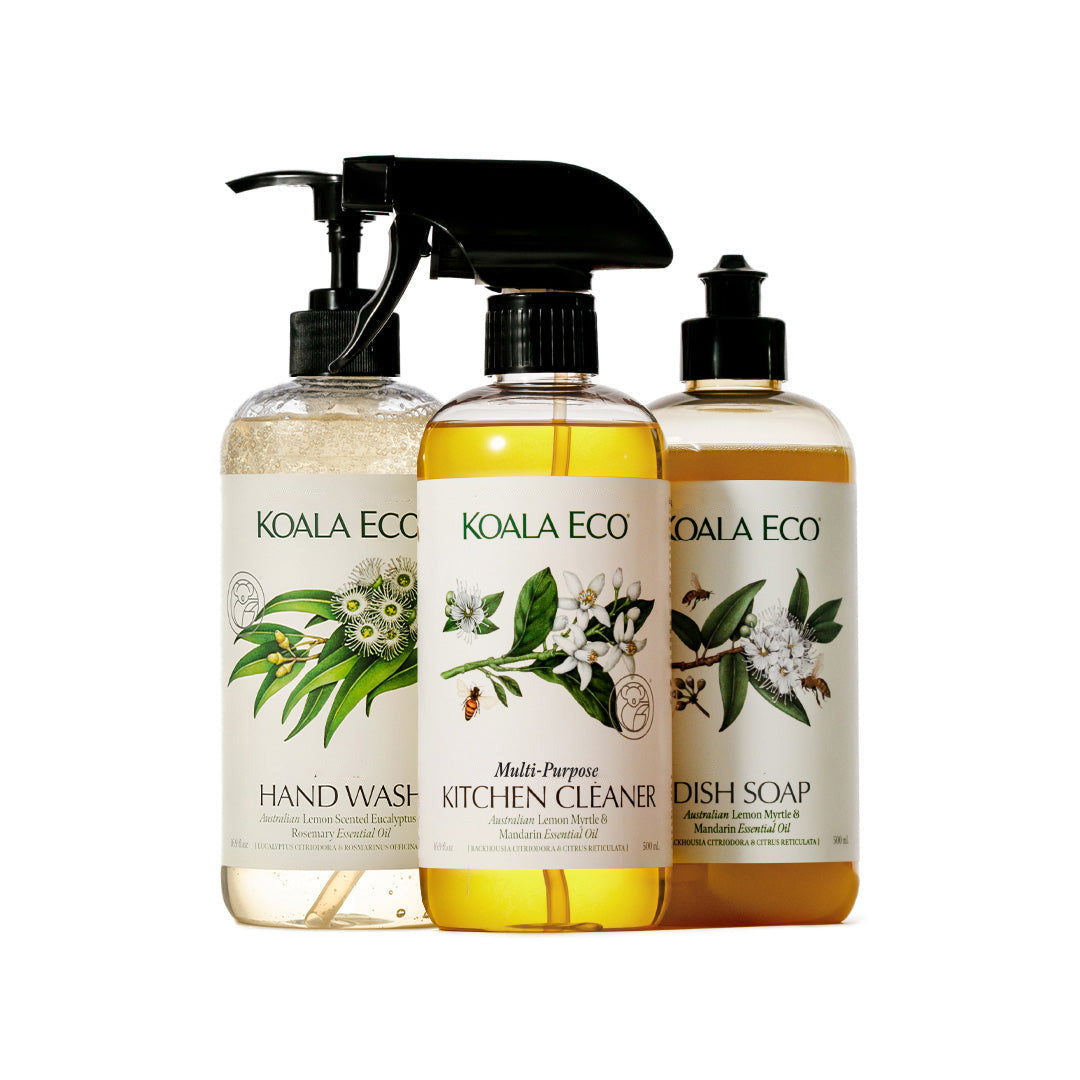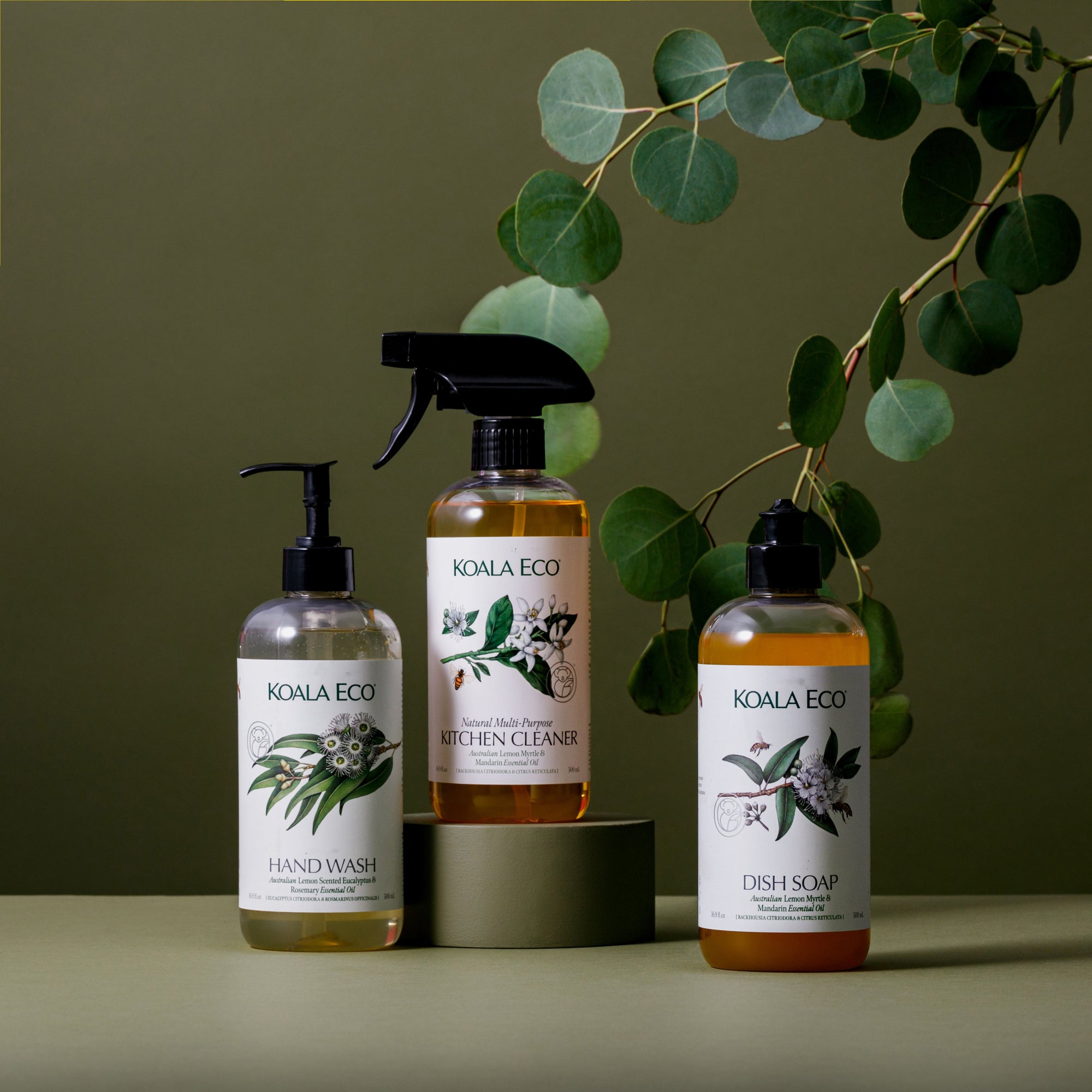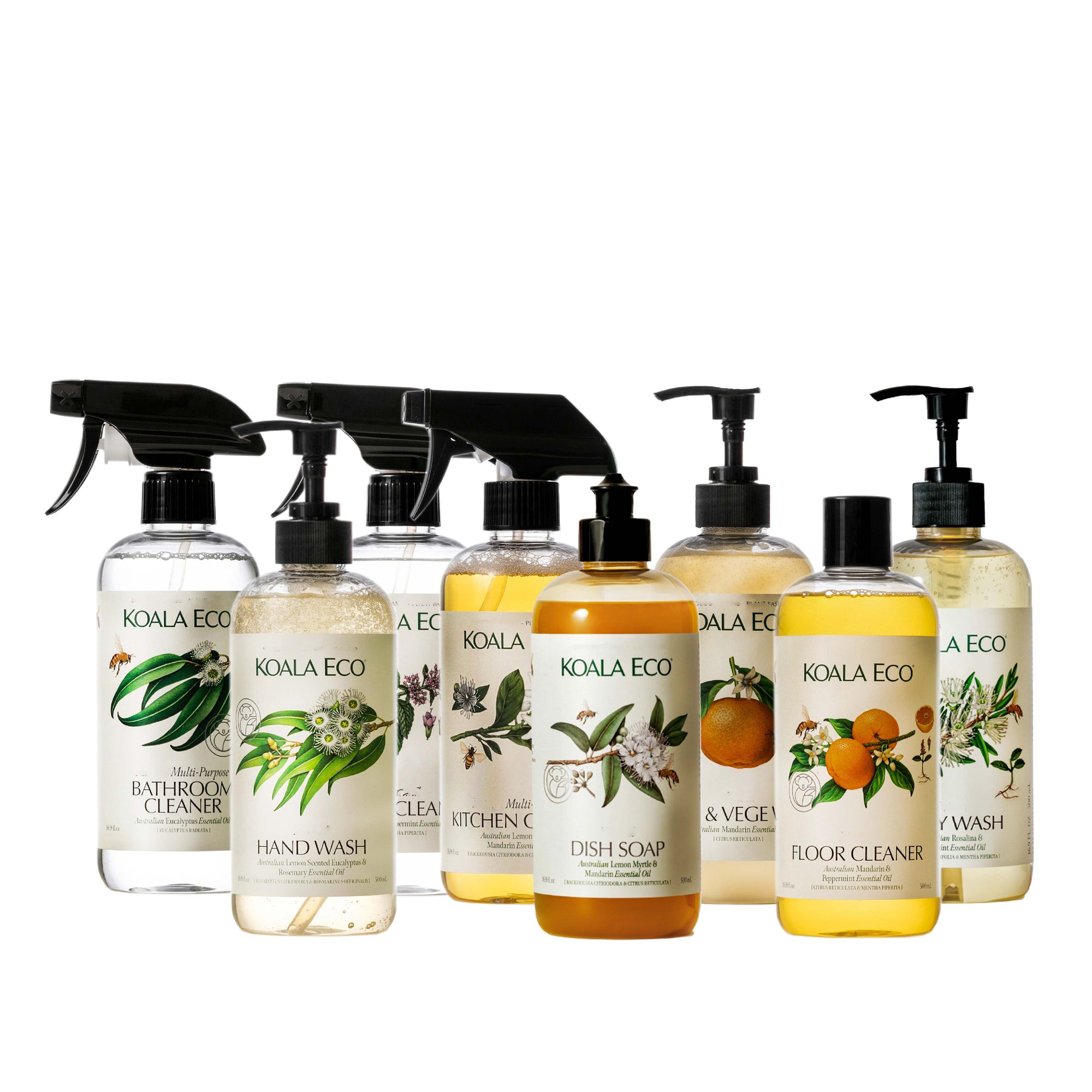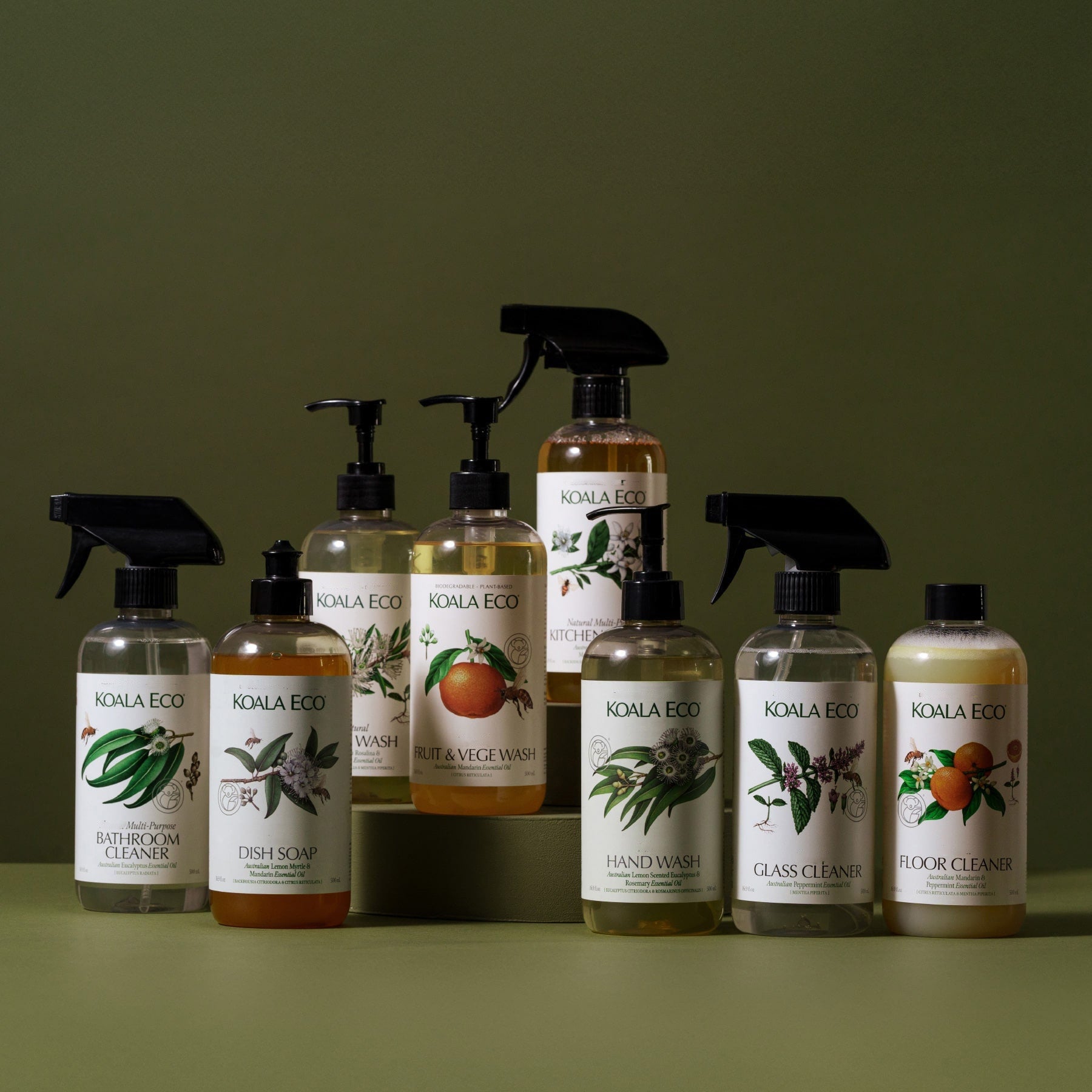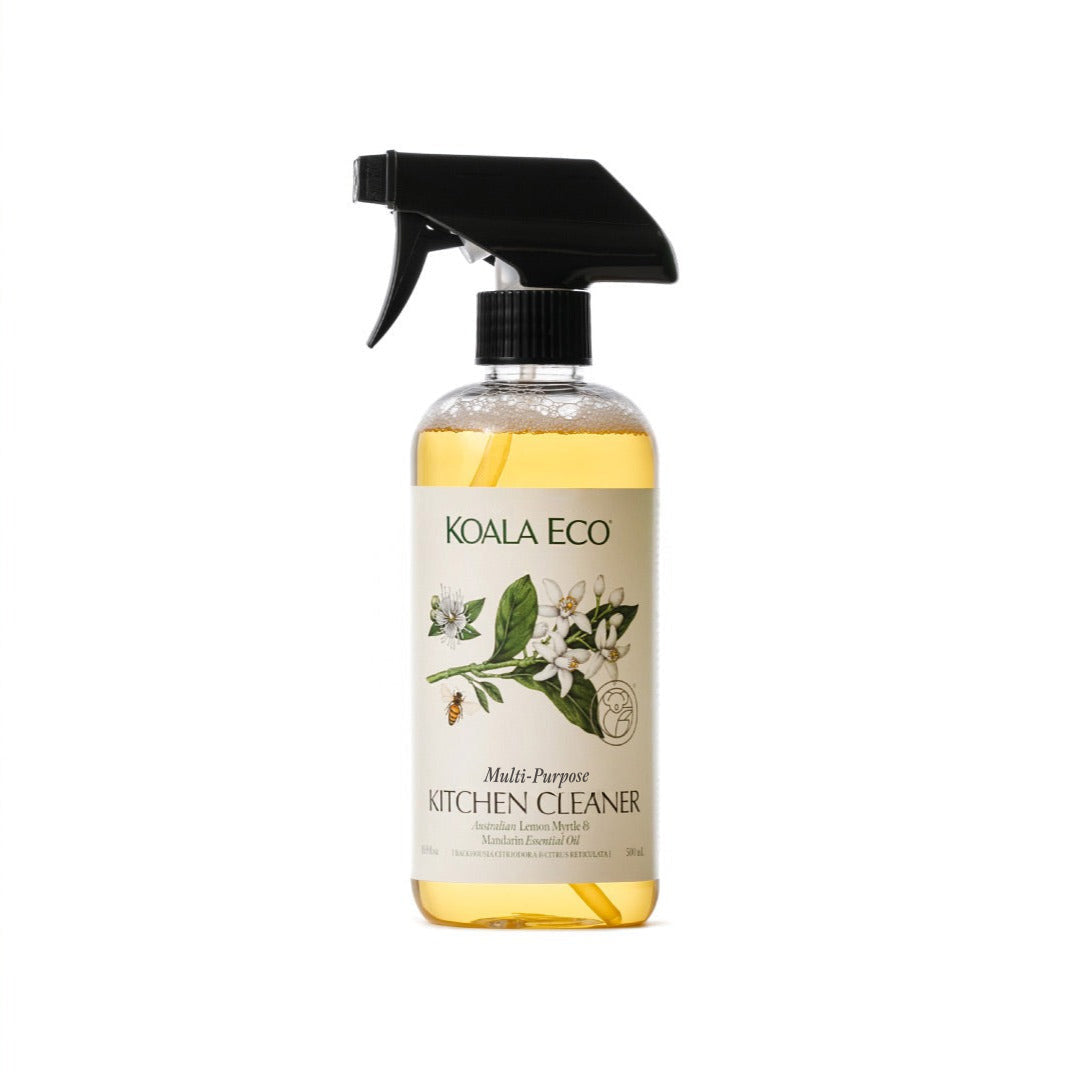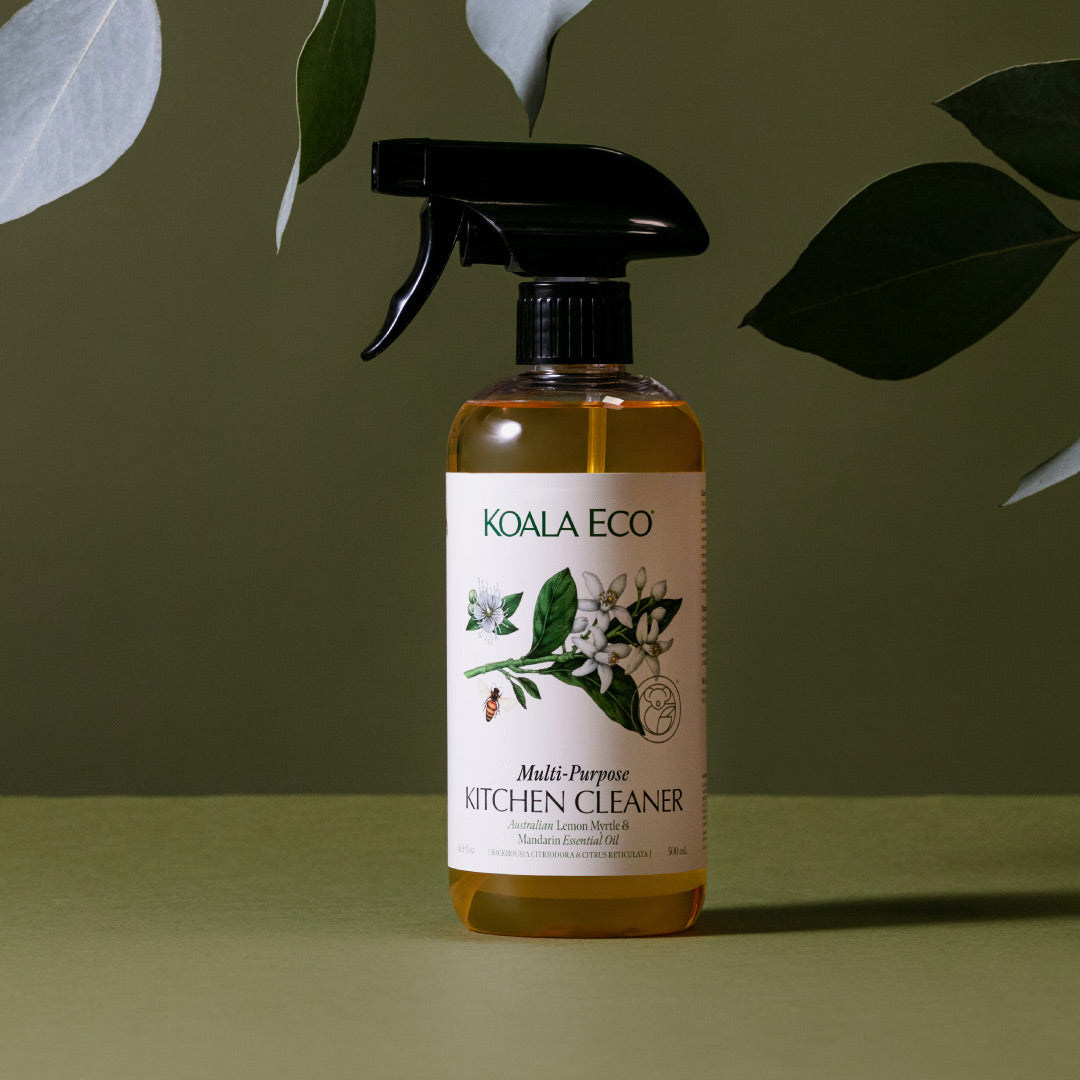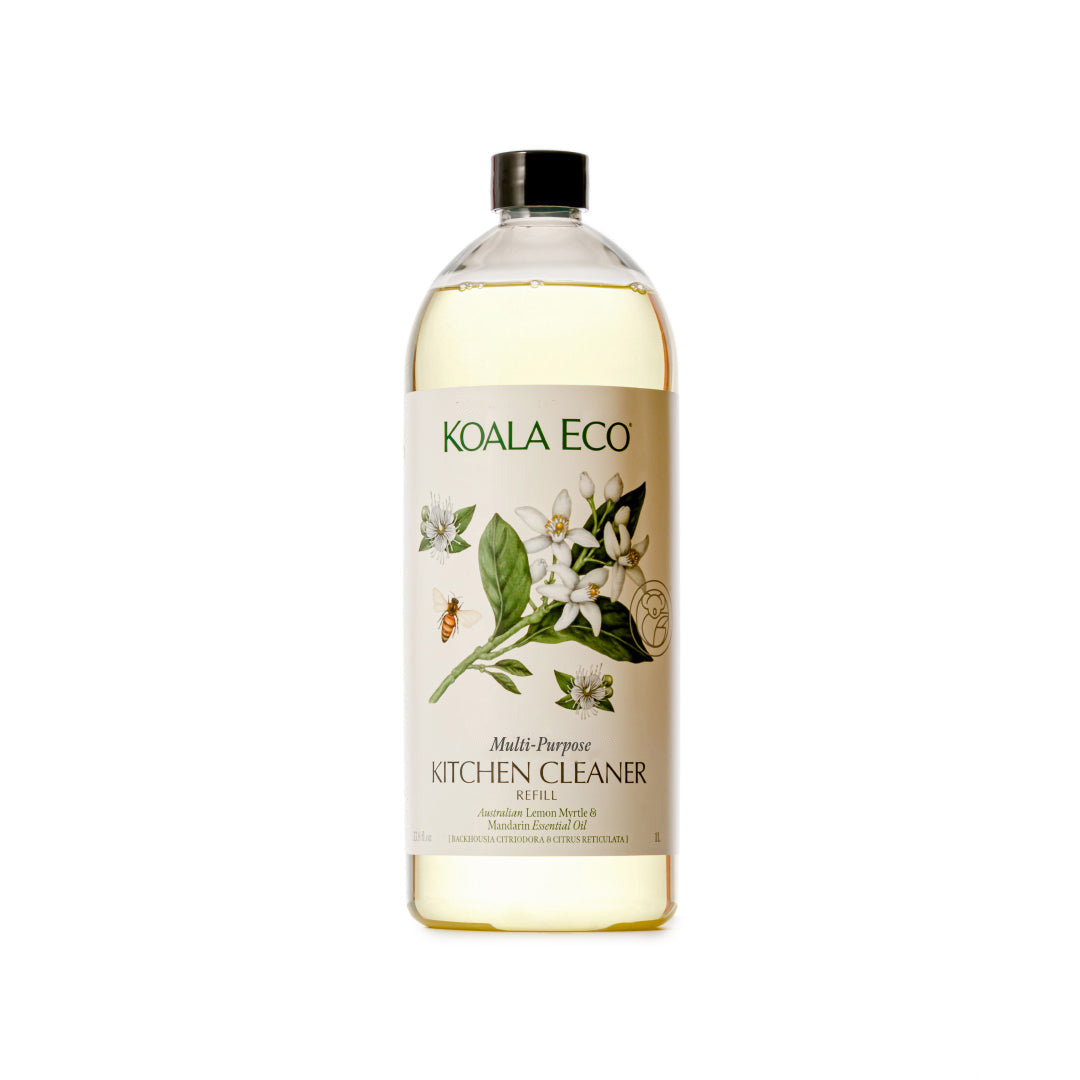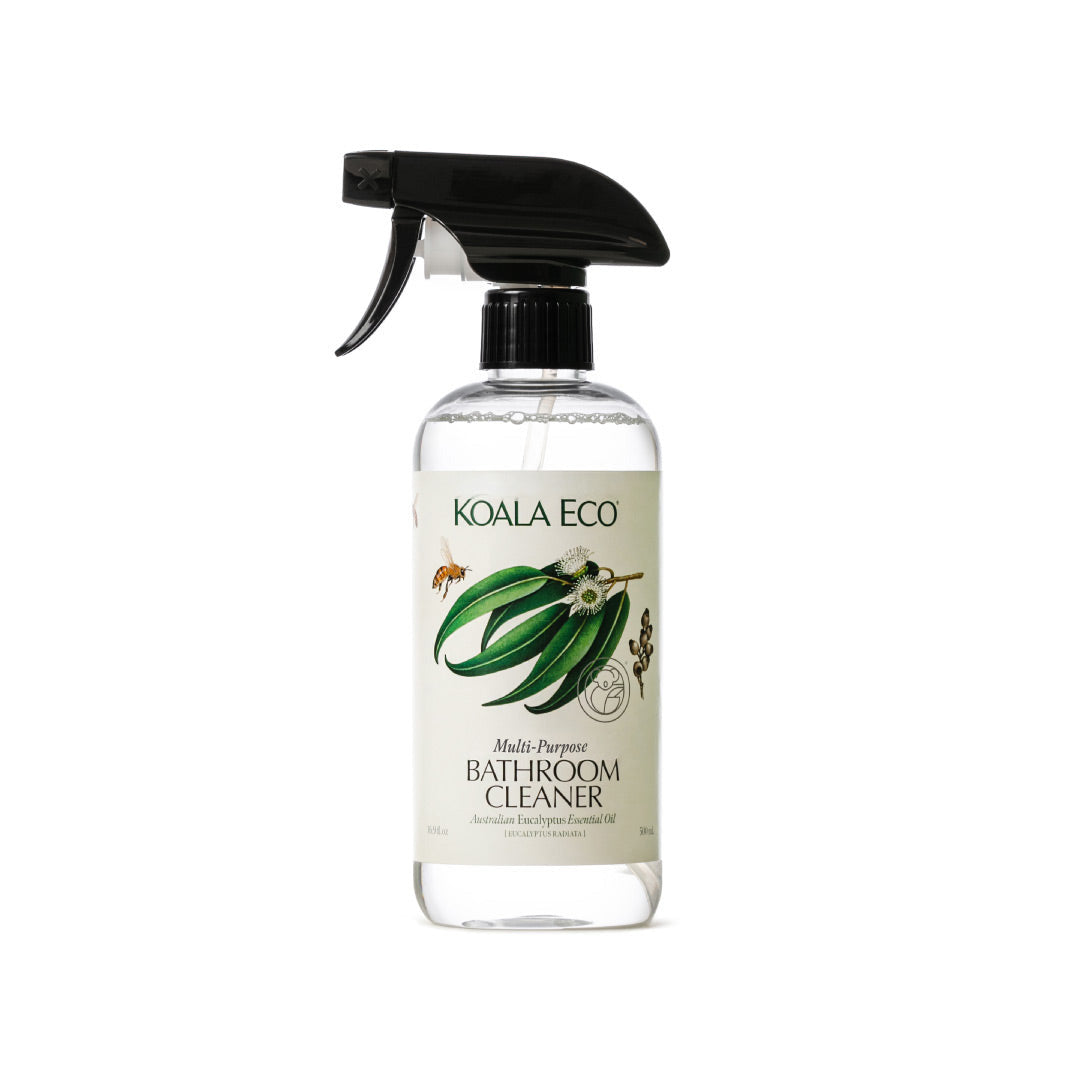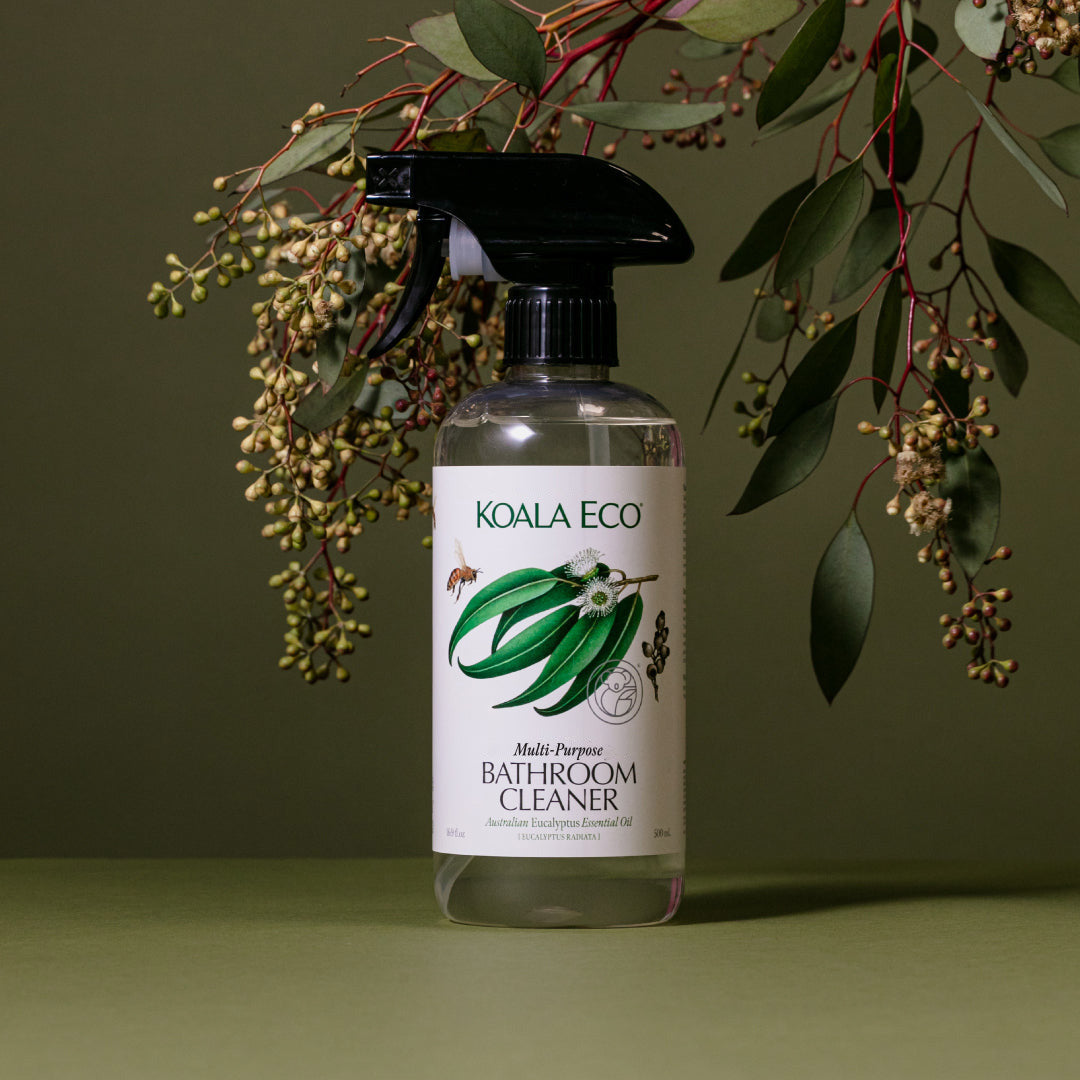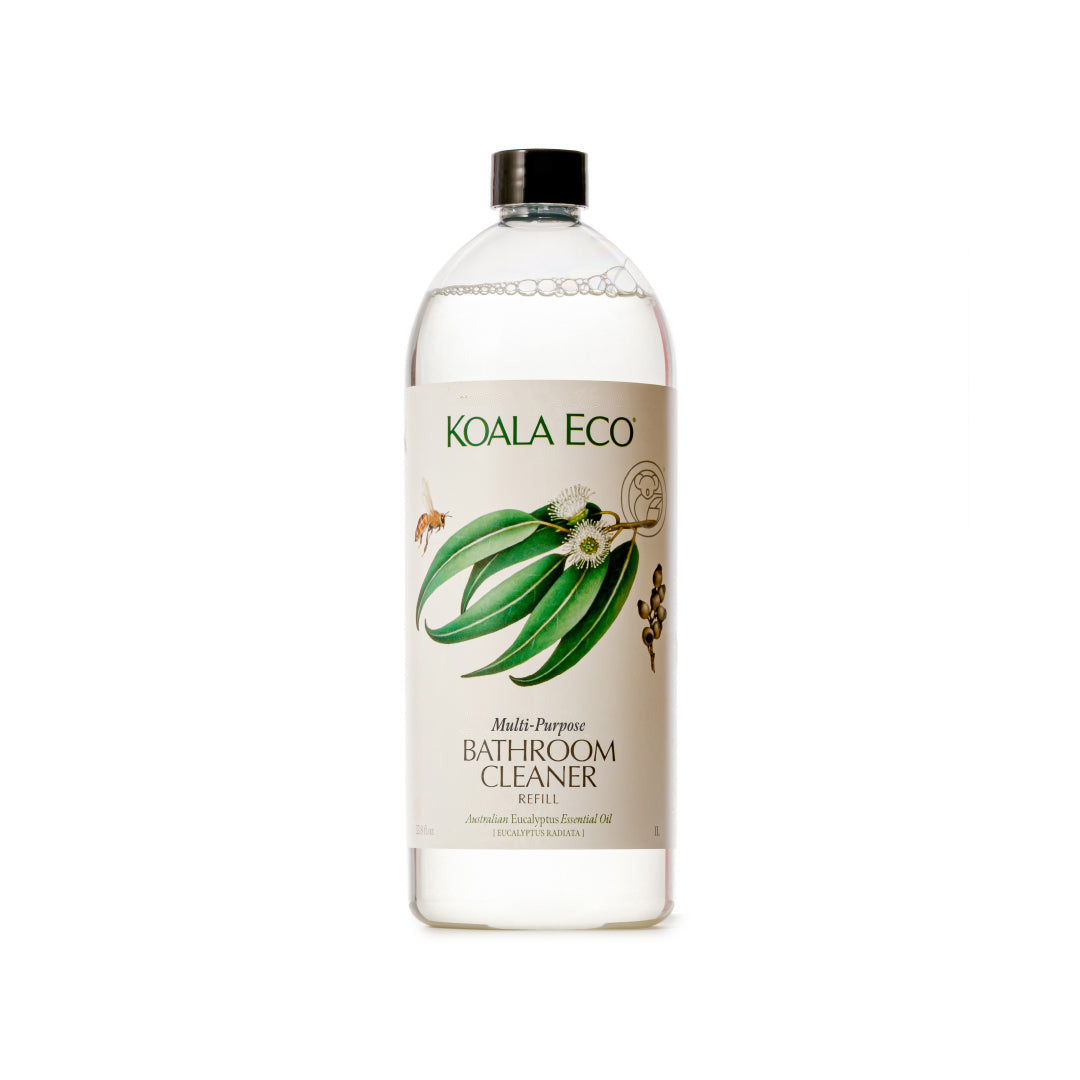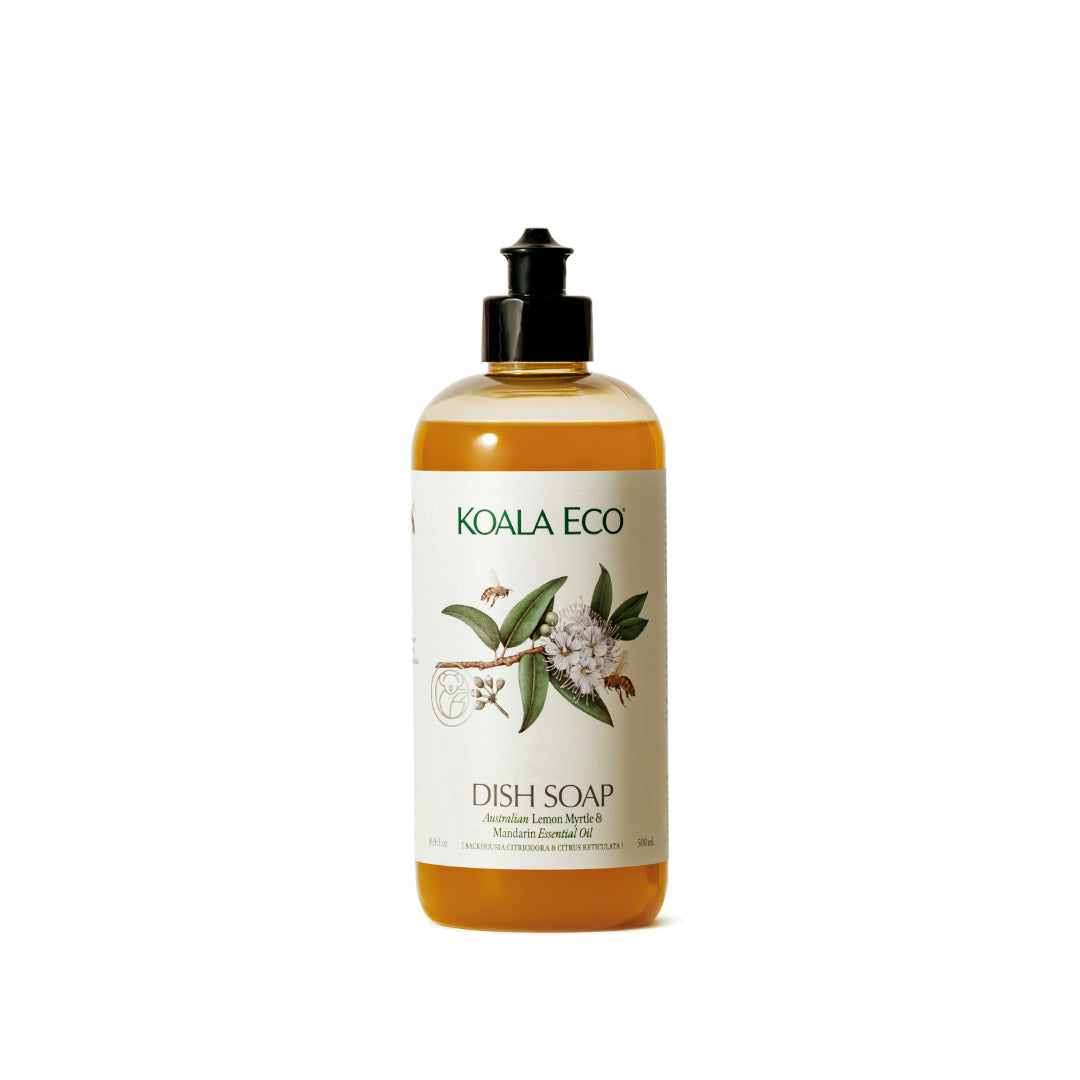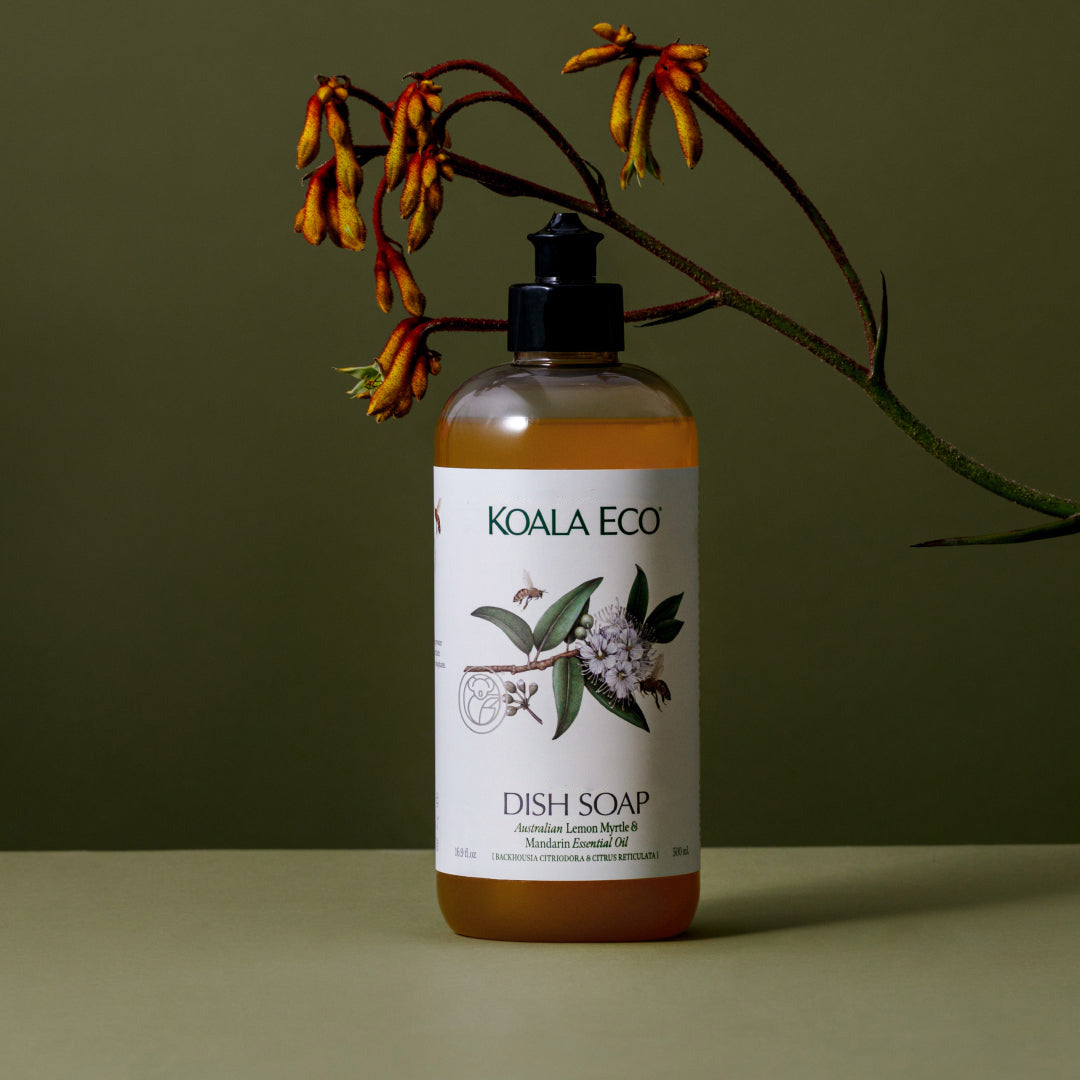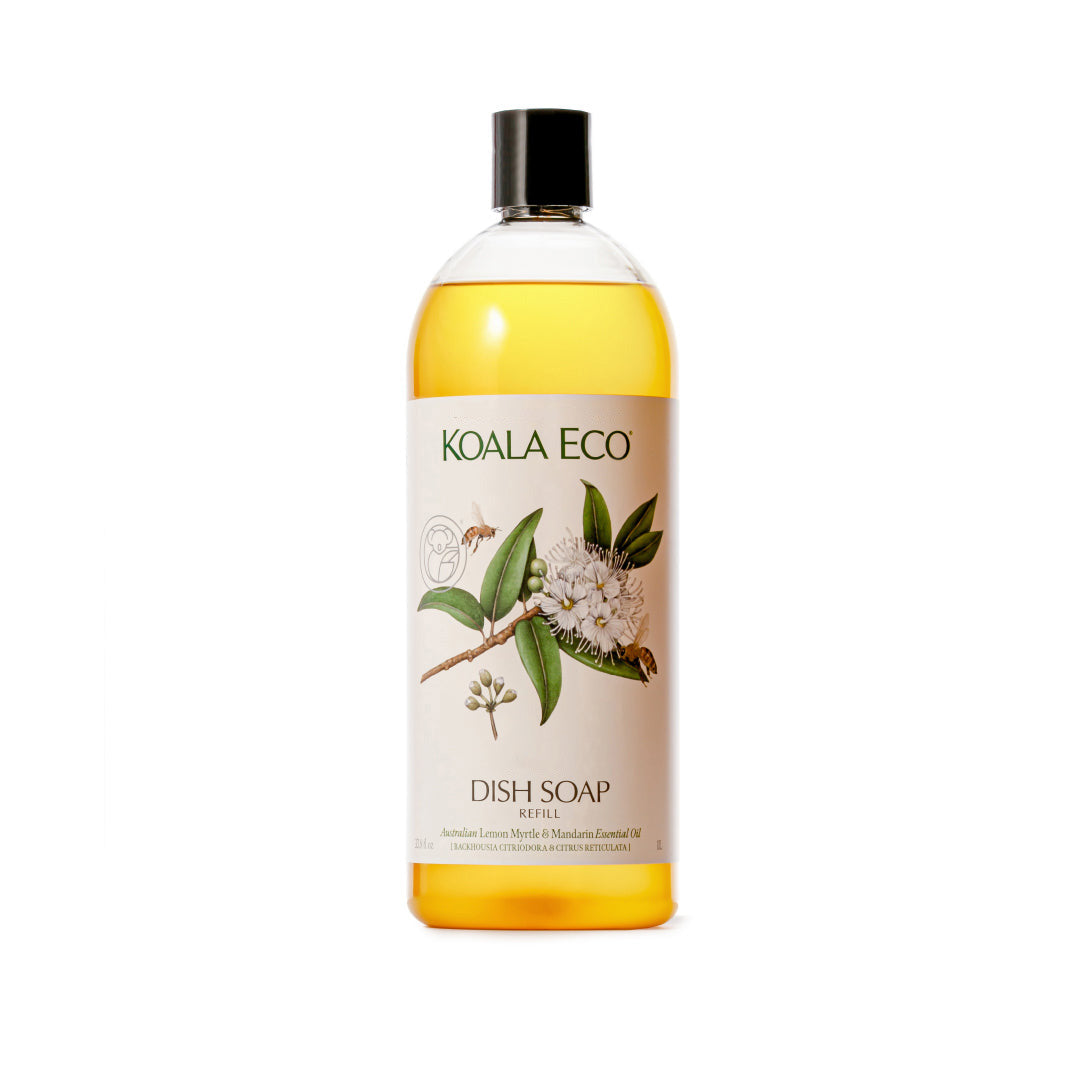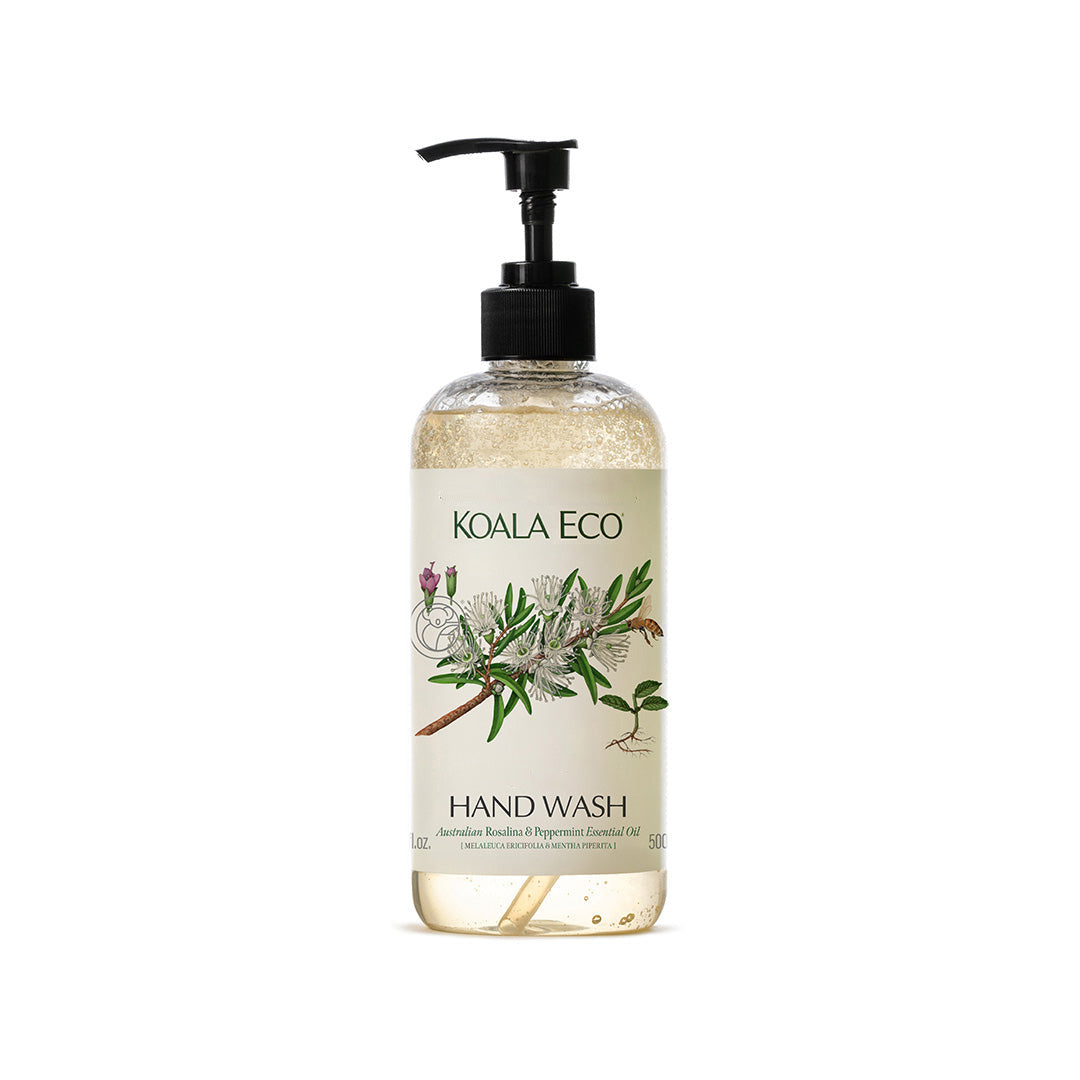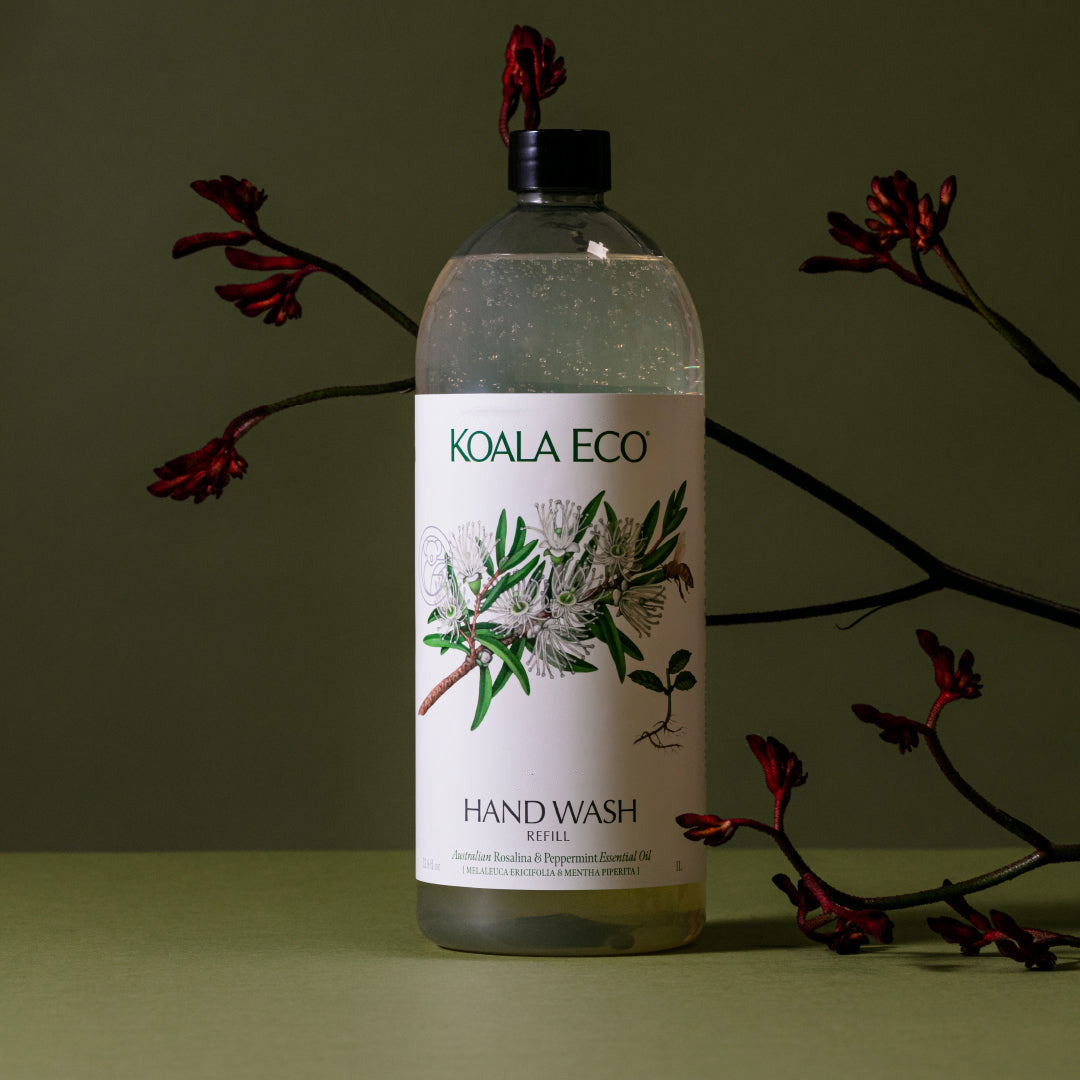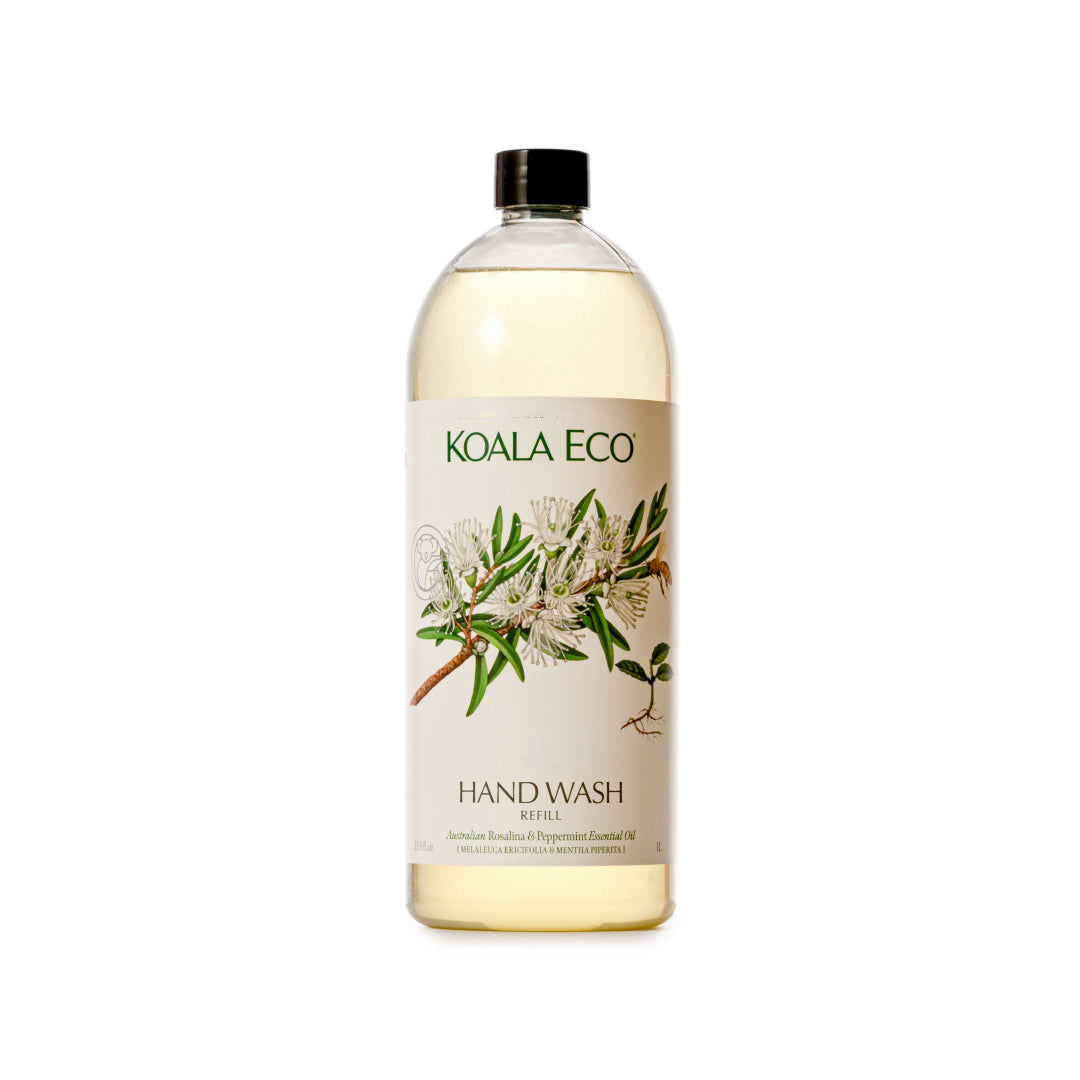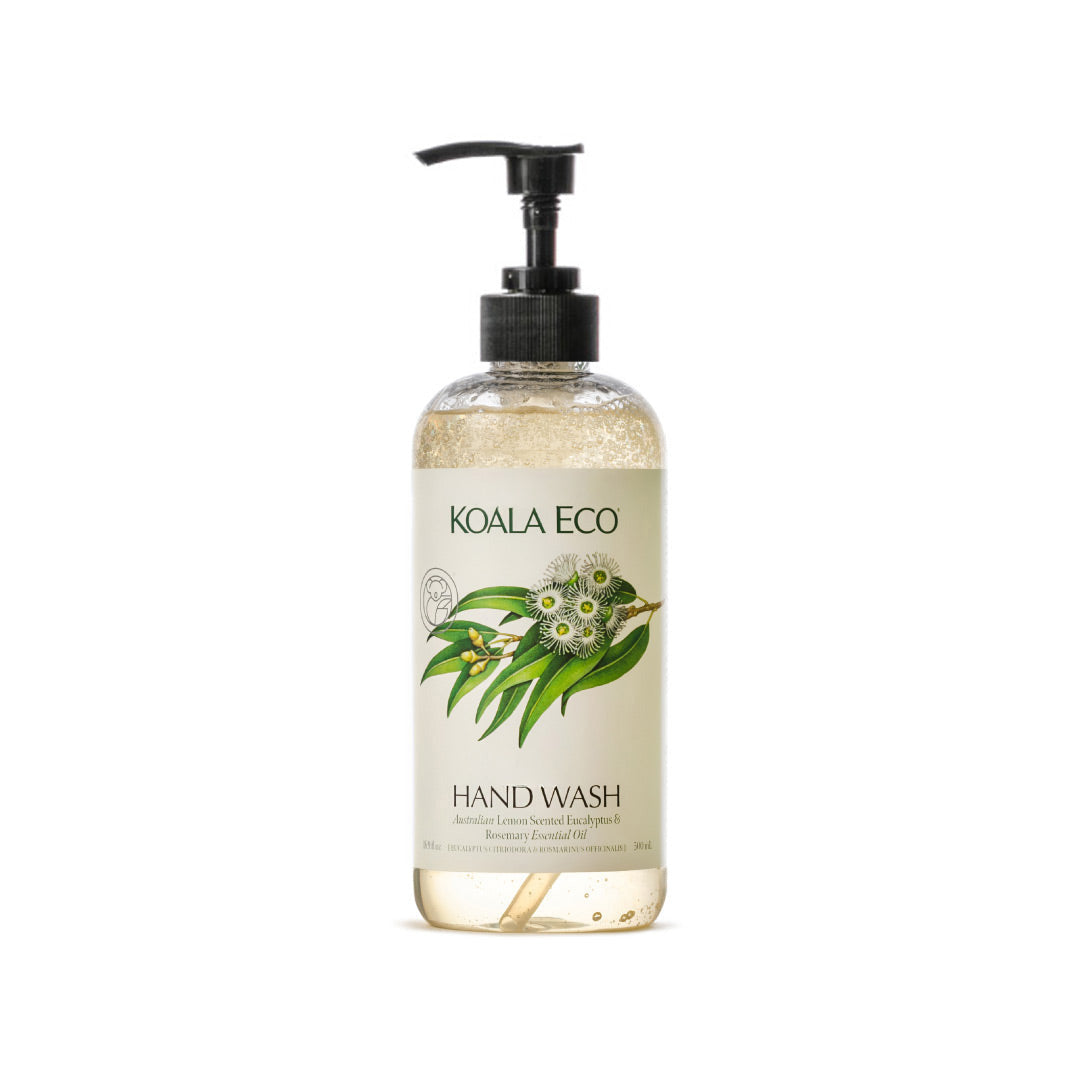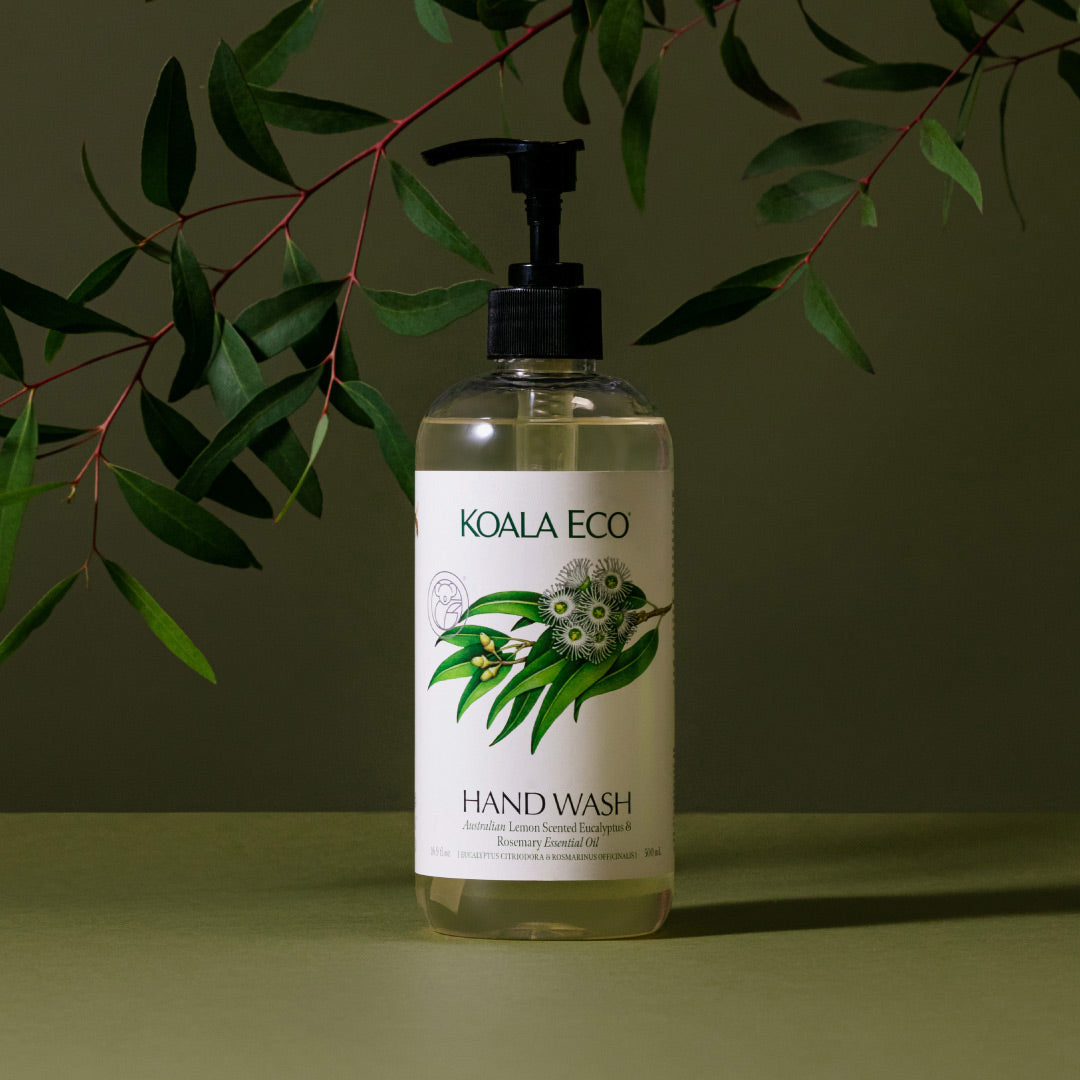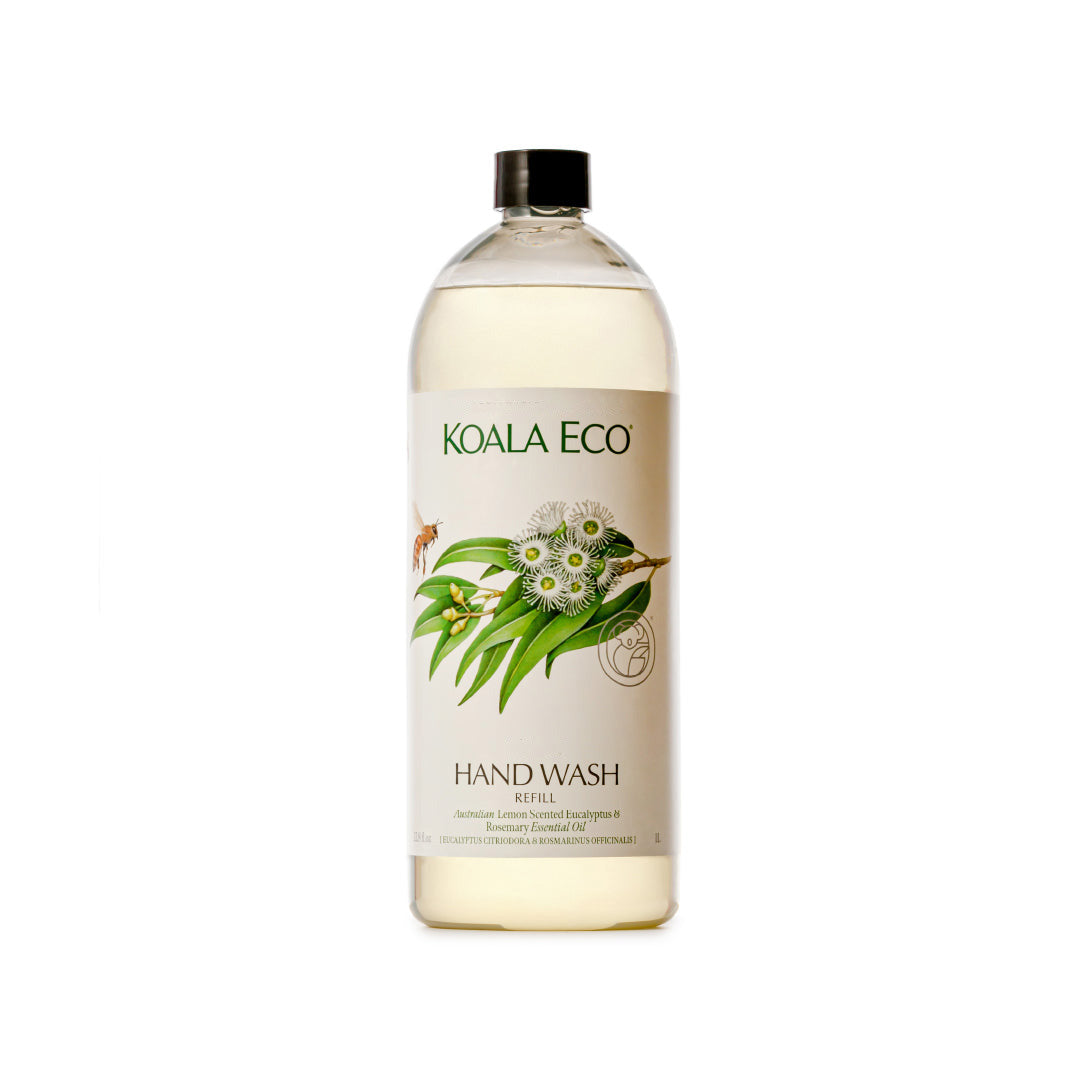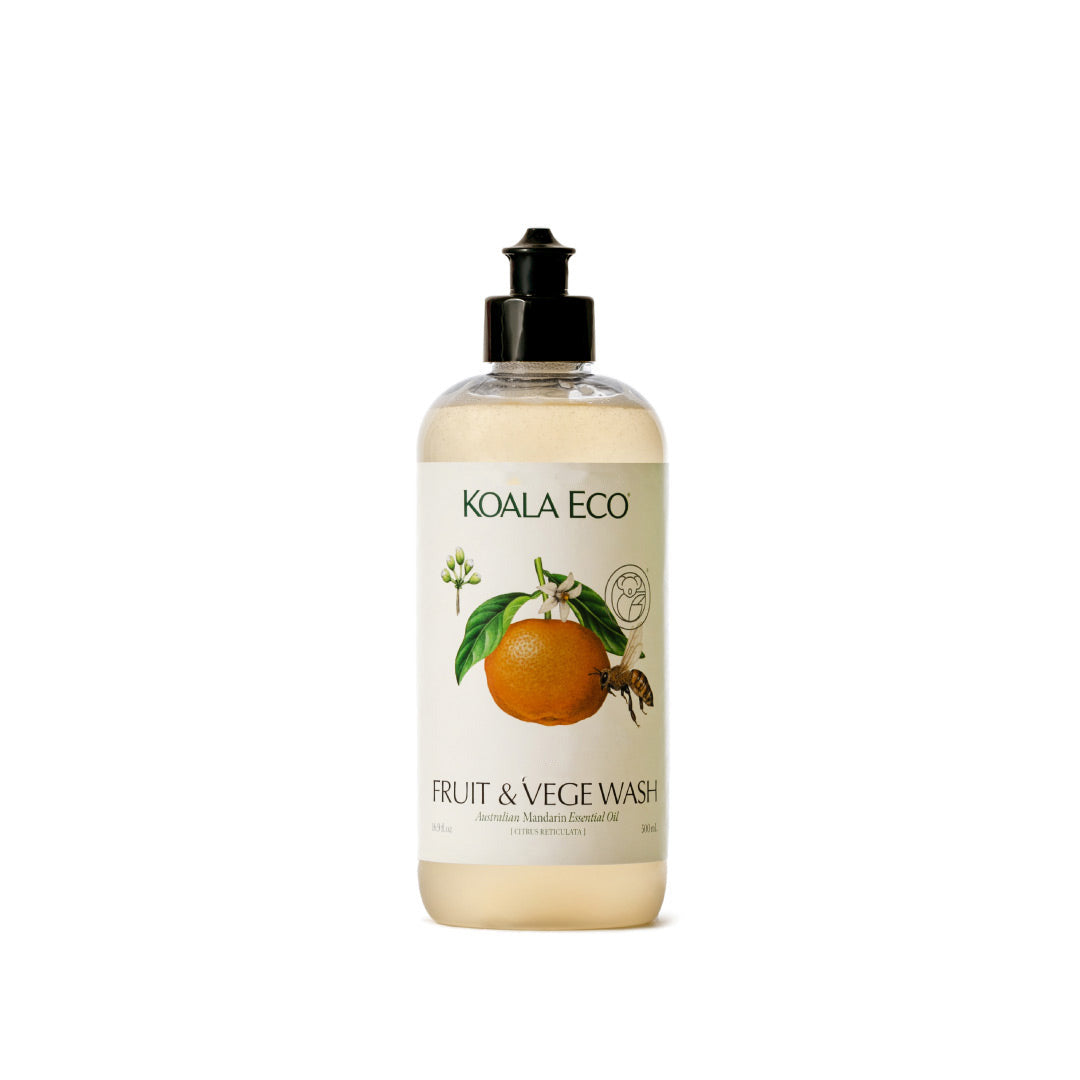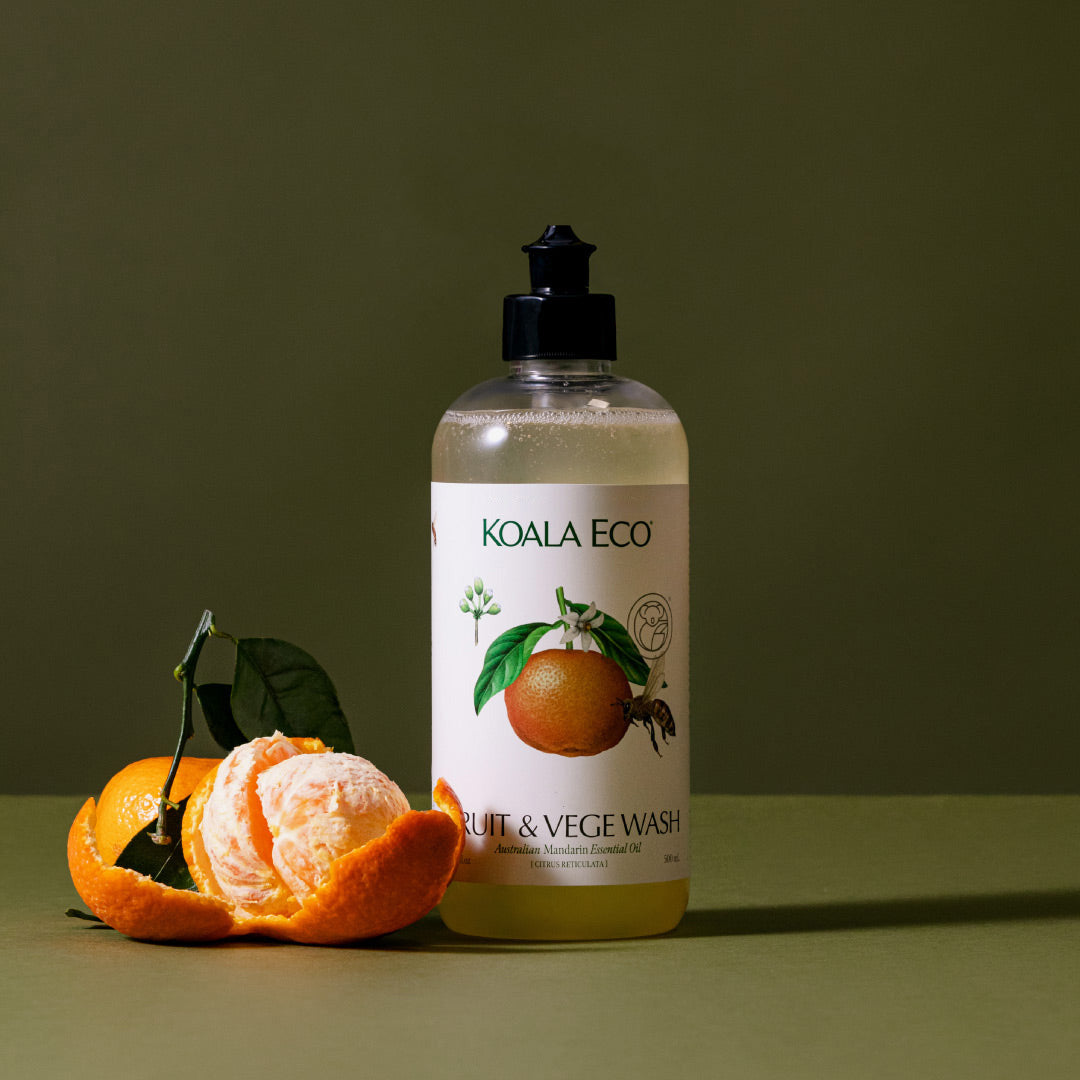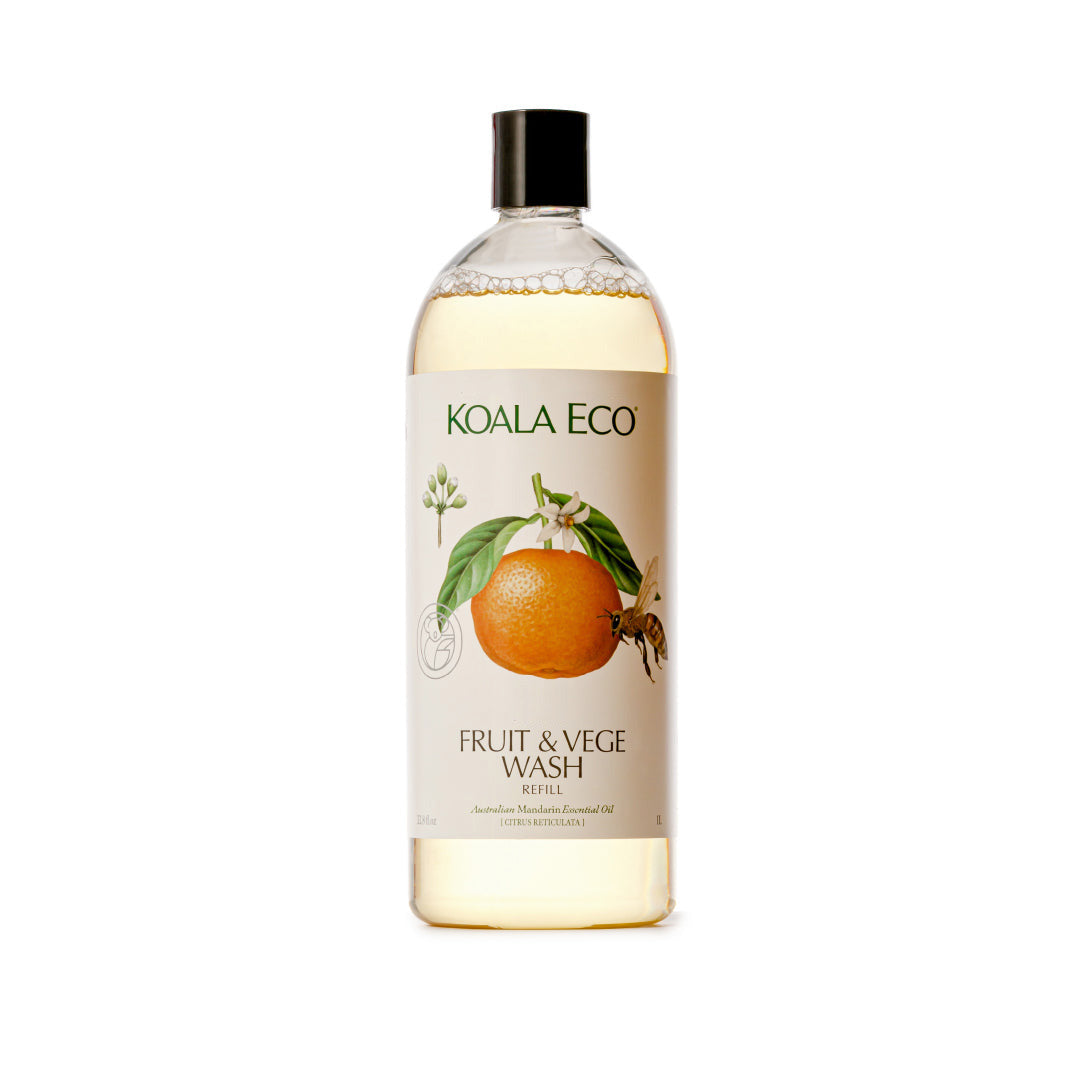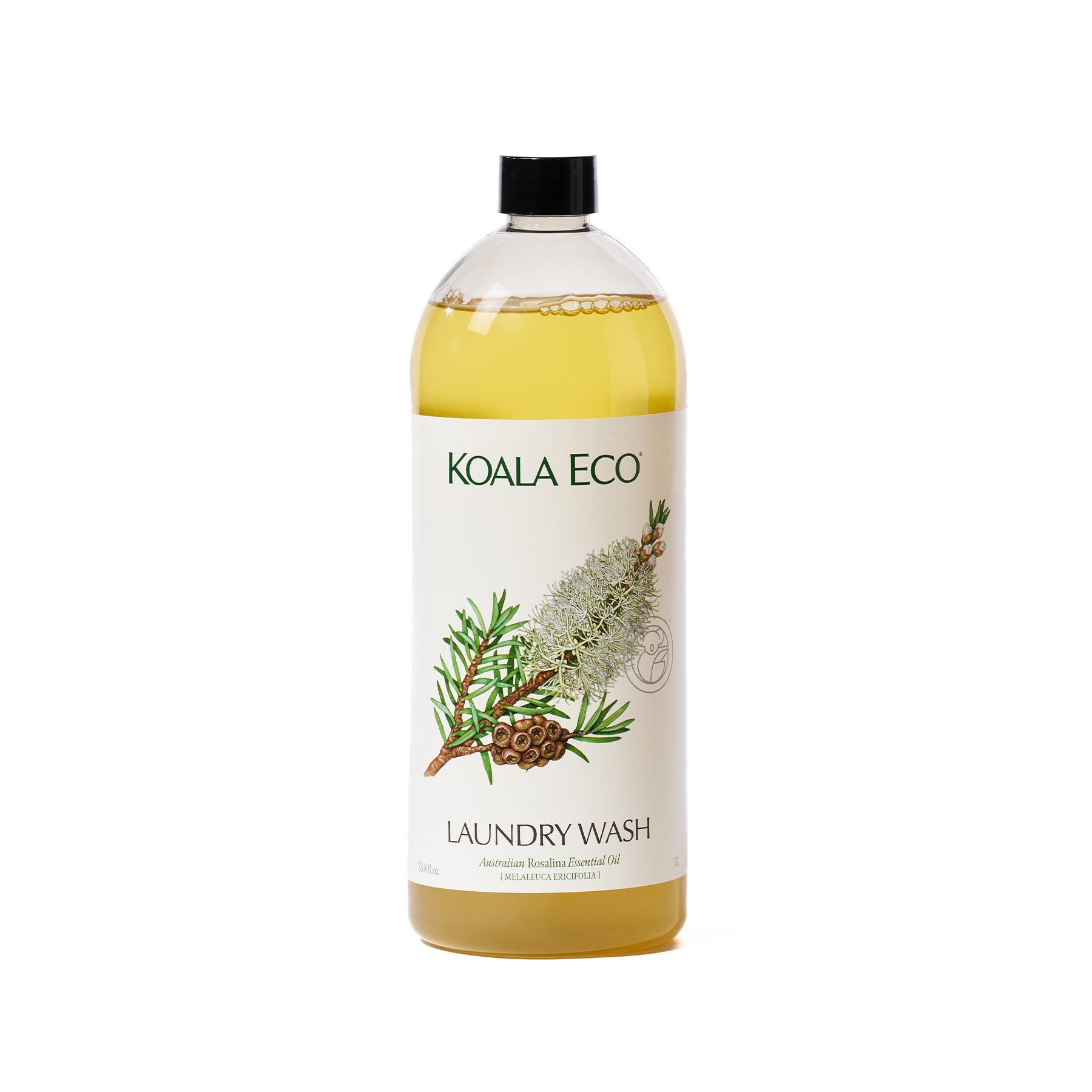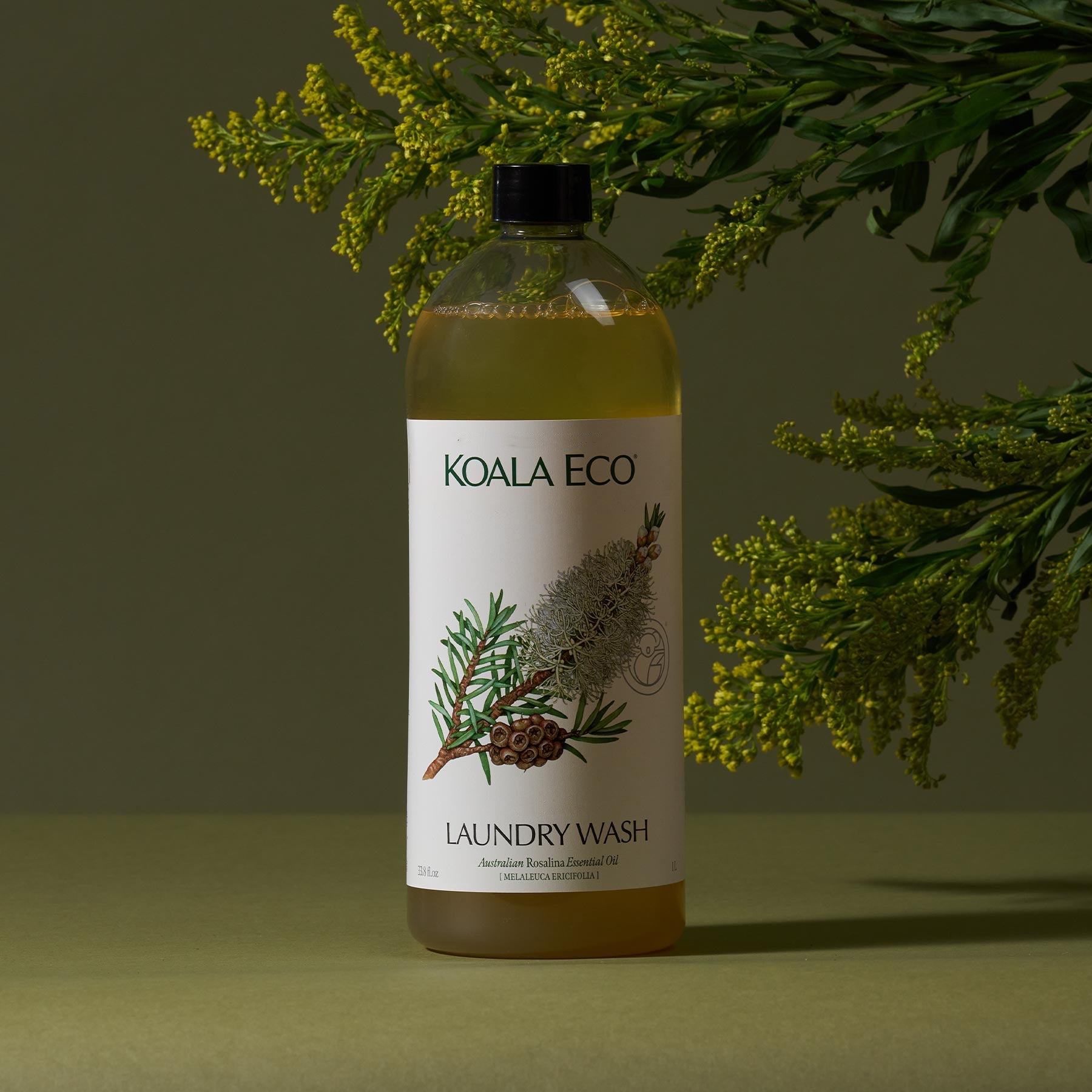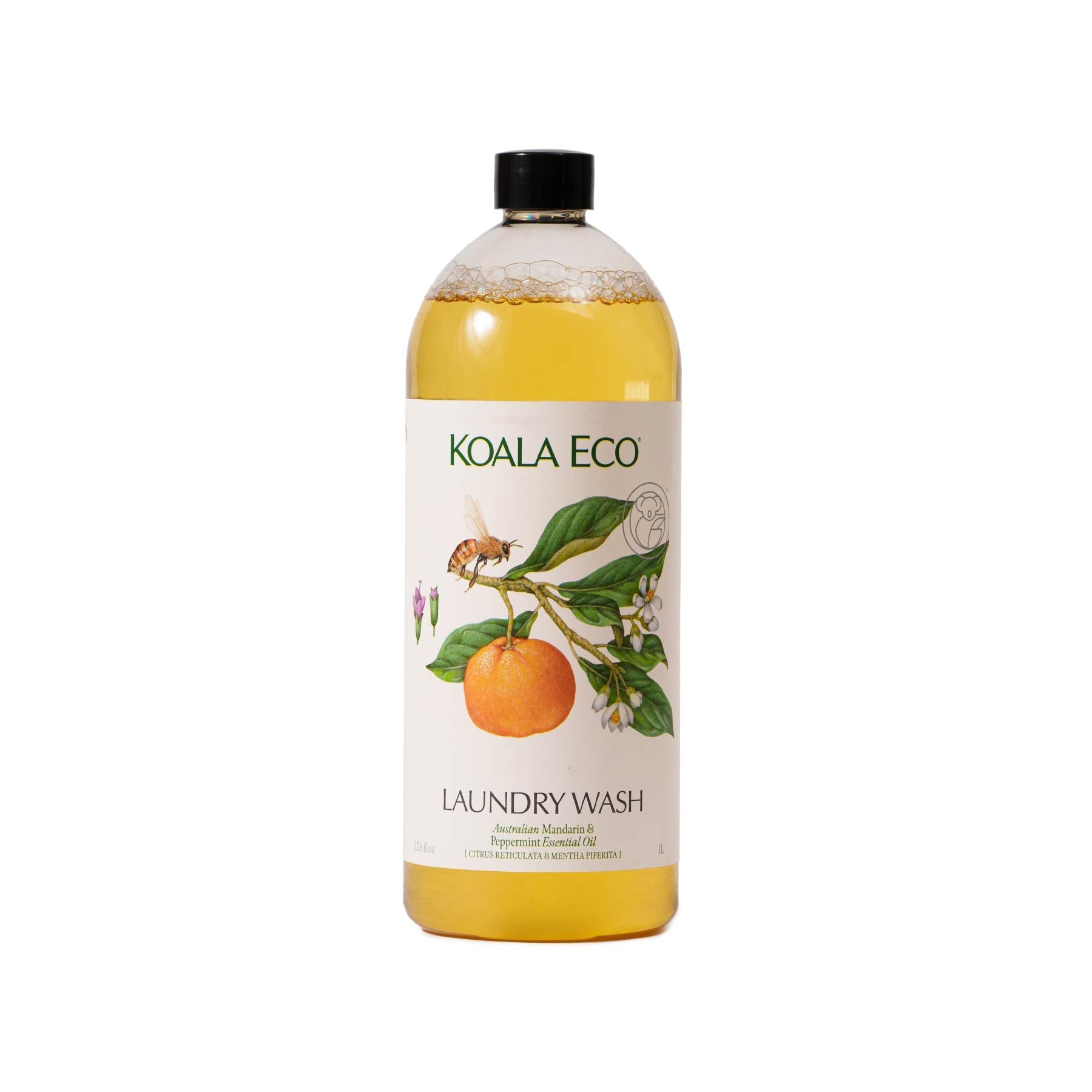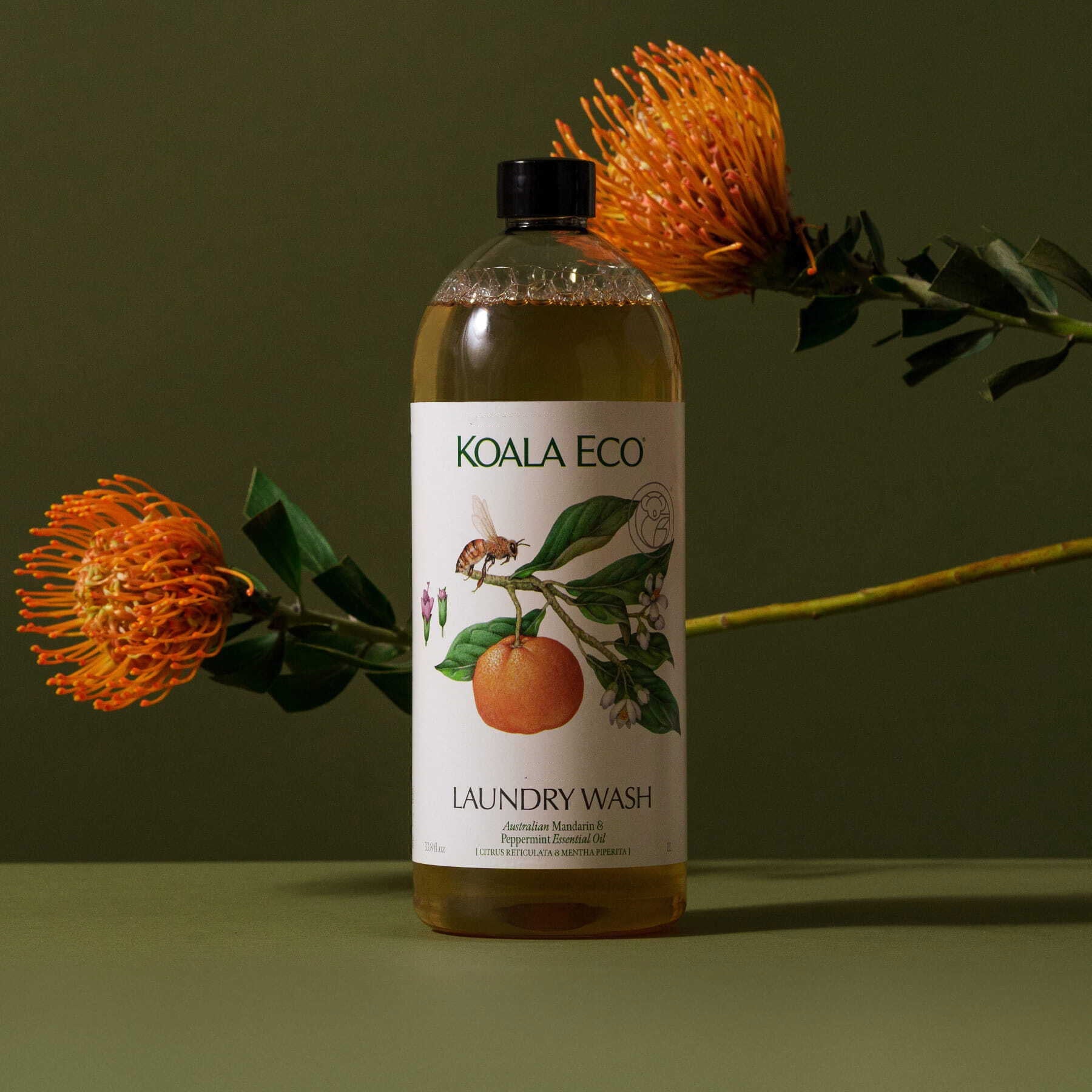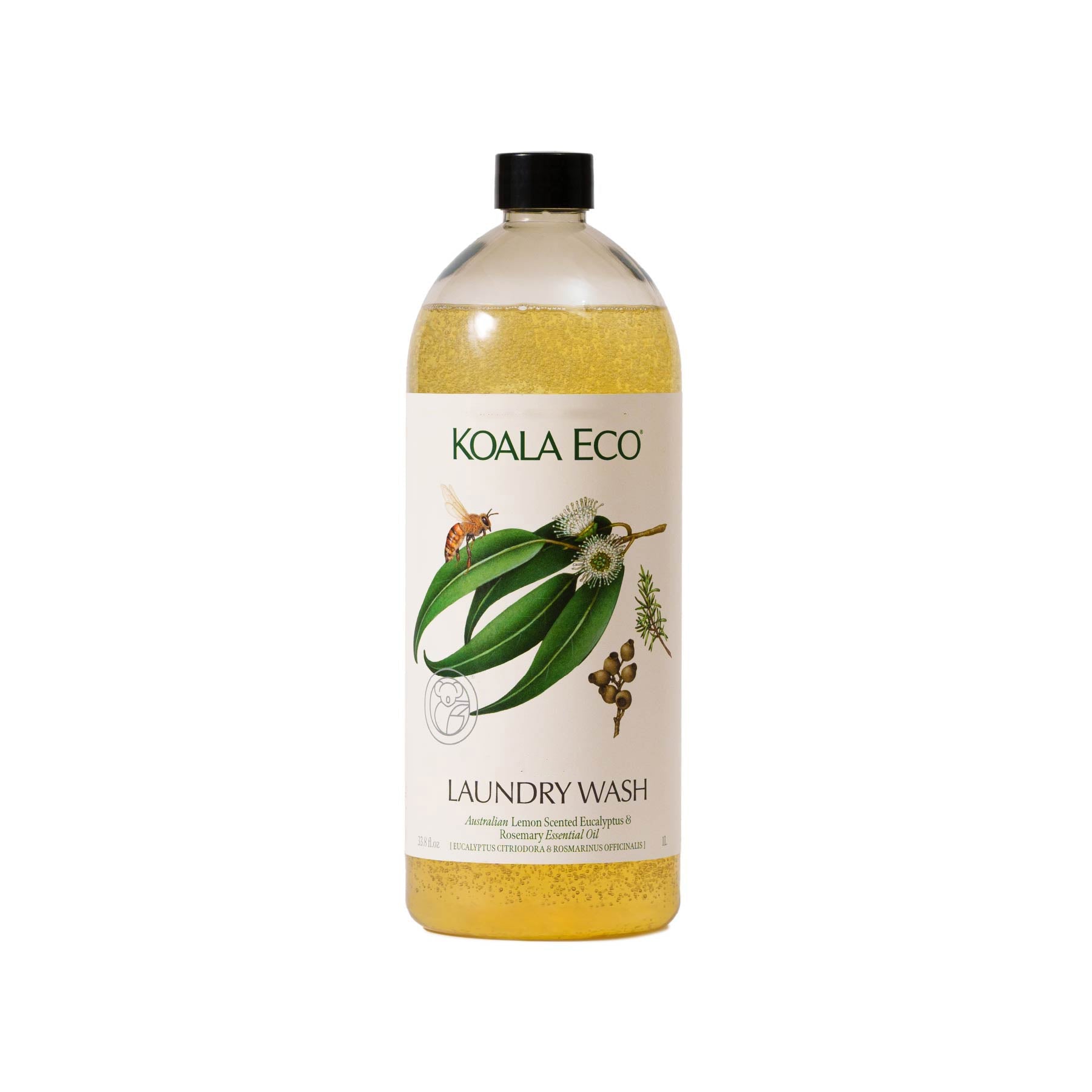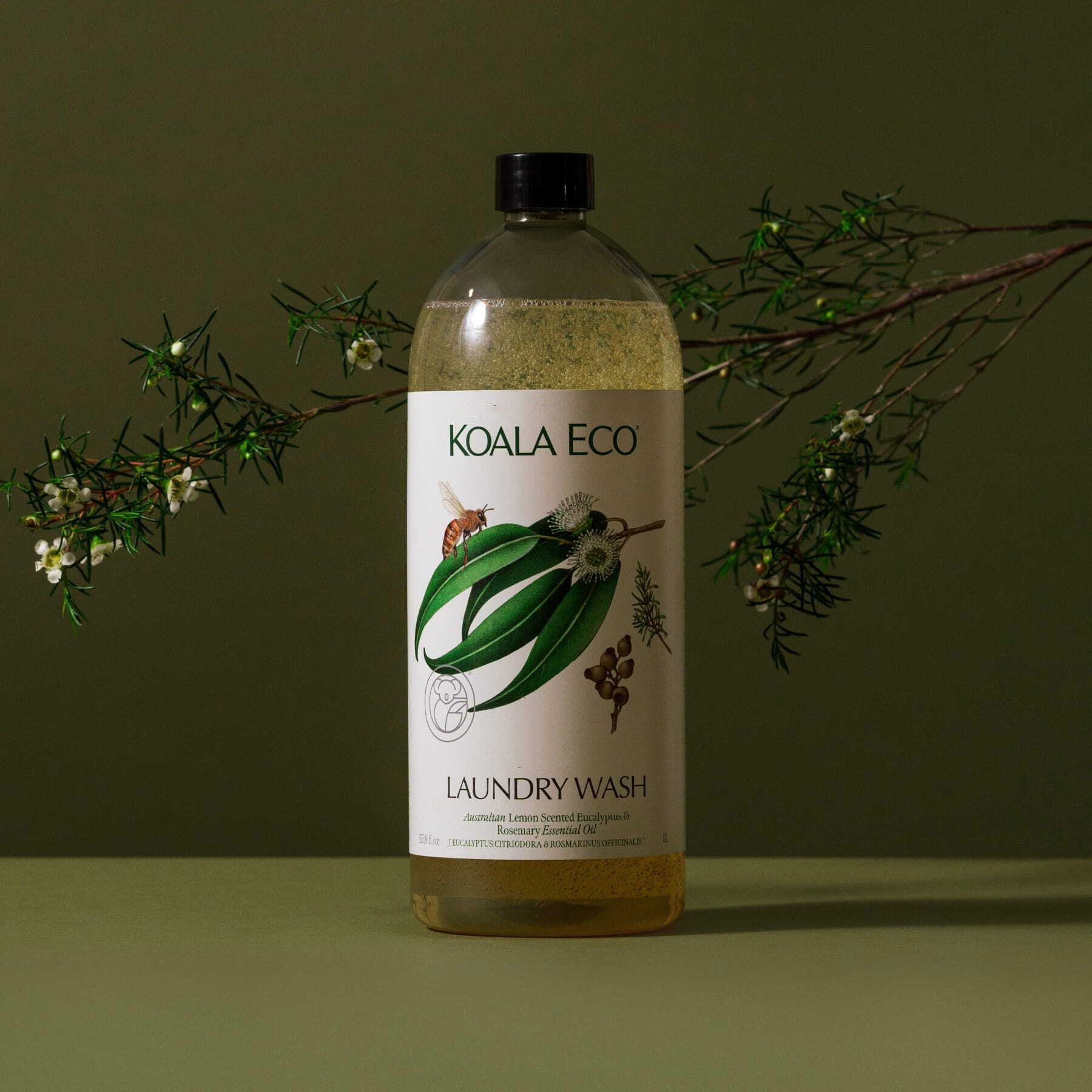Your backyard could be a native plant haven.
A beautiful experiment [1]was recently carried out on the lands of the Wurundjeri Woi-wurrung people of the Kulin nation (Melbourne). Hoping to establish areas of wild, native grassland, researchers sowed more than a million seeds (including those from threatened grassland species) on a couple of sites in the Royal Park. Within a year, 26 of the 27 species sown had established, forming a dense, flowering meadow of native plants.
What an inspiration! What if every urban verge or nature strip and every domestic backyard could hold a space for native wildflowers and plants to flourish, increasing the biodiversity of urban environments and helping native wildlife to thrive?
If this sounds appealing, it’s best first to check with the local council as to the do’s and don’ts of seeding the verge outside your house, as these nature strips often fall under their ownership.
But with your own space, why not consider creating a wildflower meadow? Have a chat with people at your local indigenous plants nursery, and check what native plants and grasses grow well in your region. Once you’ve obtained your seeds, prepare the soil. Interestingly, the folk in Melbourne found that adding a top layer of 80mm of sand didn’t impede seed growth, and reduced weeds. The sand also reduced the number of hungry slugs, giving the seedlings more of a chance to grow.
If a meadow isn’t feasible, consider combinations of plants that encourage butterflies, or allow beetles to thrive. Shade-giving species or native shrubs will add texture and shape to your space, and be a great place for small lizards or birds to hang out. Follow the example of Indigenous nations, and work with rather than against the many seasons that happen during a typical year in your part of the world. Then sit back and watch the magic grow!
[1] https://theconversation.com/how-we-created-a-beautiful-native-wildflower-meadow-in-the-heart-of-the-city-using-threatened-grassland-species-240332







